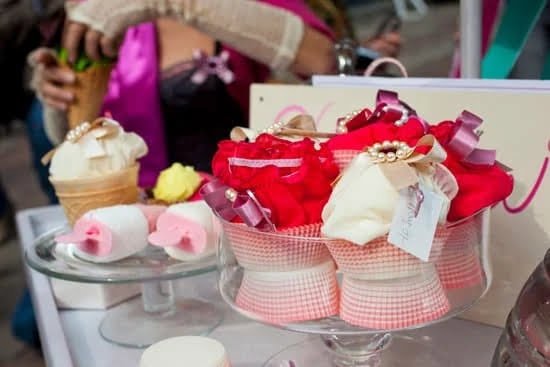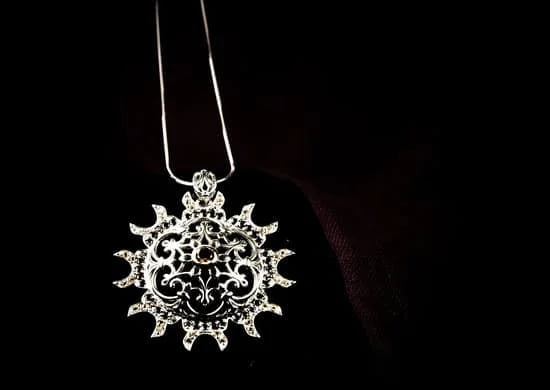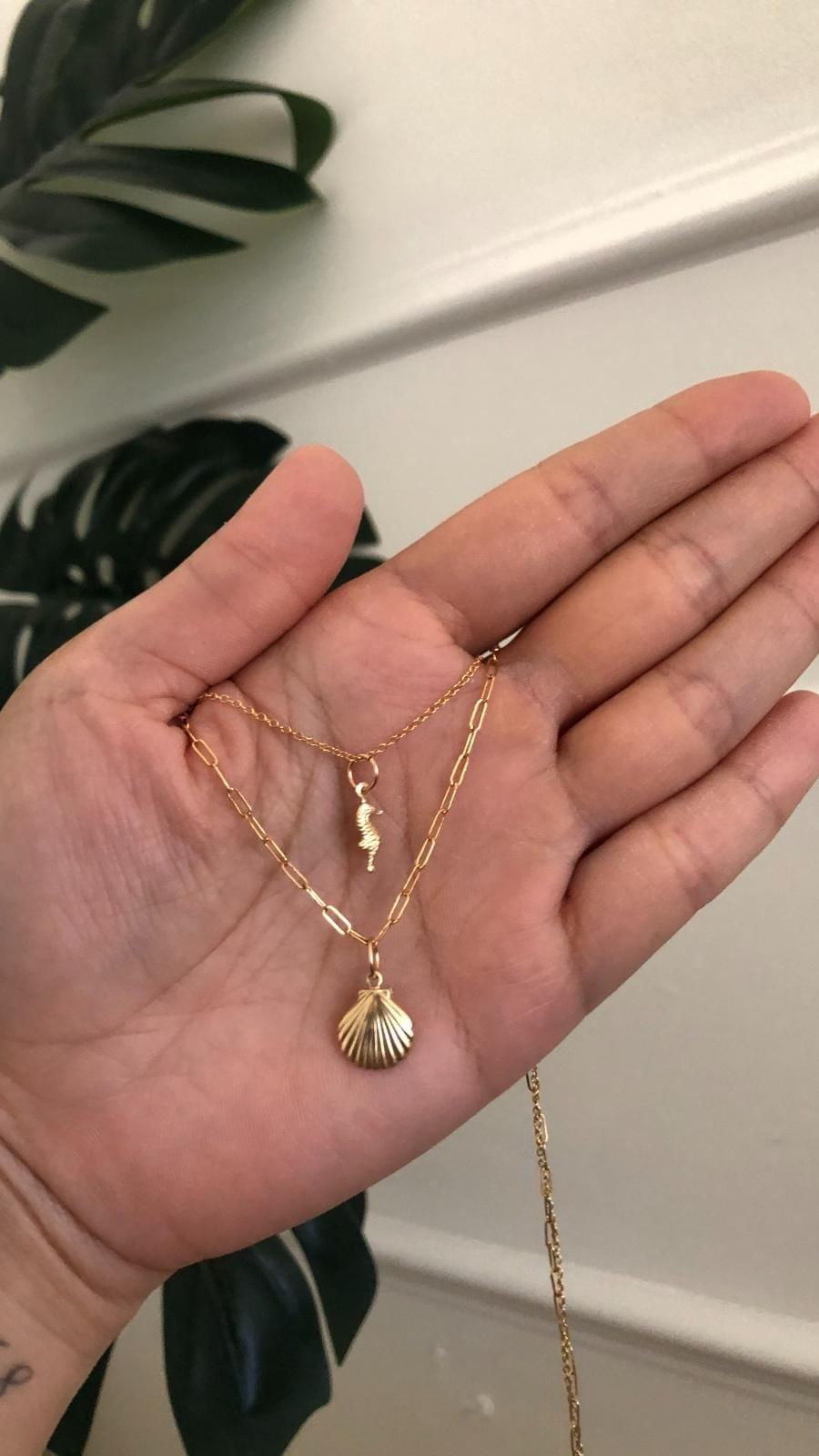Introduction
Non-rust metal jewelries have a long history, dating back to ancient times. In the past, jewelry was often crafted from metals that were especially resistant to corrosion and rusting such as gold, platinum and silver. Today, modern techniques and technology have allowed for the creation of other non-rust metals like stainless steel or titanium that are ideal for creating beautiful jewelry pieces that don’t tarnish or corrode over time. These metals are extremely durable and will continue to look beautiful for many years with proper care.
Types of Non-Rust Metals
There are several types of non-rust metals that can be used for jewelry, but each metal has its own cost and availability. The most commonly used metals for jewelry such as rings and earrings are gold, silver, and platinum. Gold is the most expensive of these three options, and so it is highly sought after for its elegance and beauty. Silver does not have the same level of shine or colour as gold or platinum, but it is still a very popular metal for its affordability. Platinum is an extremely strong metal which makes it well-suited to items such as wedding rings. It is one of the rarest metals on earth so it can be more expensive than gold and silver, but generally more affordable than if you were to buy pure gold or platinum. Other non-rust metals that are used in jewelry include titanium and stainless steel. Titanium jewelry is often lighter in weight compared to other metals while stainless steel offers a similar look to the more expensive metallic options while being highly resistant to rusting.
Advantages of Non-Rust Jewelry Metals
Non-rust jewelry metals provide greater durability, fashion, and longevity than jewelry made of metal that rusts easily. Non-rust jewelry often features a shine that won’t fade away with time or contact with water. This makes it an excellent choice for long-term wear or in hot climates. Additionally, it can come be found in different forms such as gold and silver or crafted from metal alloys for unique looks. This provides endless options for fashion and trendiness. Finally, since these metals don’t corrode over time, their life expectancy is longer than that of jewelry made of rusting metals. This often increases the value and collectability of your favorite pieces.
How to Identify Non-Rust Jewelry Metals
Many metals used to make jewelry don’t rust, such as stainless steel and titanium. Examine a piece of jewelry for an engraving or stamp that typically indicate the metal type. Stainless steel may have a “316L” marking on it, and titanium may come stamped with “Ti-6A1-4V” or “TI 6AL/4V ELI ASTM F 136”. Other non-rust options include sterling silver (which can have an S9 marking), gold (marked 10K, 14K, 18K) and tungsten carbide (a hard black material marked WCB). Silver is a soft metal that can tarnish but doesn’t rust. Alloys like white gold are also available and feature a plating of rhodium over the gold to keep it from tarnishing; these usually don’t contain any rusting elements.
Care of Non-Rust Jewelry Metals
When caring for your non-rust jewelry, it is important to remember that some metals can be more delicate than others. Here are a few helpful tips to keep in mind when cleaning and storing your jewelry:
1. Clean with a gentle soap, warm water and a soft brush or cloth. Avoid using jewelry cleaner as this can strip the protective coating on some metals.
2. When storing, try wrapping each item individually in a soft cloth such as velvet or cotton and place them in a secure box or container away from other pieces of jewelry that may cause scratches or discoloration due to rubbing against each other.
3. Make sure to inspect your non-rust jewelry regularly for any signs of tarnish such as discoloration, scratches or dullness before returning it back into storage. If necessary, use a silver cleaning cloth (or other suitable cloth) to gently wipe clean the piece and restore its previous shine.
4. Be sure not to expose the metal to extreme temperatures or moisture as this can damage the material over time and make it more prone to discoloration and/or rusting.
Following these simple steps will help ensure your non-rust jewelry looks great for years to come!
Conclusion
When buying non-rust jewelry, it is important to consider the type of metal you are purchasing. Stainless steel is considered the best option for jewelry since it is both durable and will not rust. Other metals that are less likely to rust are nickel, silver, and gold. These metals can withstand exposure to moisture and will last longer than other metals. Additionally, purchasing quality non-rust jewelry could be beneficial in the long run since it will keep its shine and be more resistant to scratches or damages. Cost-effectiveness also needs to be taken into consideration when making a purchase as stainless steel pieces can often be pricey due to their durability and low maintenance needs. To get around this, opting for plated metals such as silver or gold could provide a way of getting good quality jewelry at an affordable price without any worry that they where become damaged by rusting.

Welcome to my jewelry blog! My name is Sarah and I am the owner of this blog.
I love making jewelry and sharing my creations with others.
So whether you’re someone who loves wearing jewelry yourself or simply enjoys learning about it, be sure to check out my blog for insightful posts on everything related to this exciting topic!





